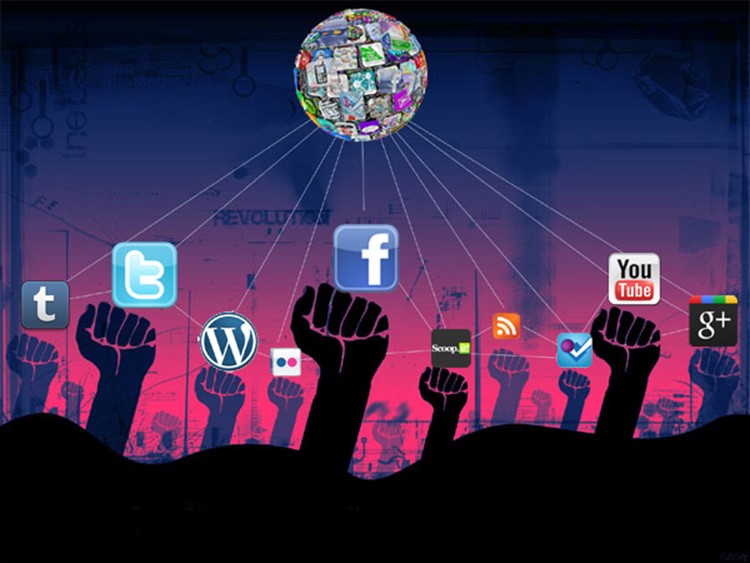Whatever Happened To MapQuest?
June 10, 2015 in Daily Bulletin

Chico Harlan looked into the depths of internet history and after clearing the dust away was surprised to find a thriving company:
- Fifteen years ago MapQuest was a verb much like Google. People would say that they are “MapQuesting” the directions to a place.
- Yet today it’s not at all a part of the national conversation – despite having the second highest share of the American mapping market.
- It has considered changing its name to get more attention but decided not to as it has a lot of brand equity. 40 million people use MapQuest every month.
- Unlike the users of Google, Bing, and Apple maps who find it preinstalled on their phones, users of MapQuest are making a conscious decision to find and use MapQuest specifically.
- The company has also tied up with businesses. Papa John’s uses MapQuest to power its pizza delivery system.
- The company is careful with its spending. HERE, a competing mapping service, has 6,000 employees. MapQuest makes do with 100.
- It has also avoided jumping on trends that attract a lot of attention but seemingly serve little purpose such as 3D buildings.
- As a result of this the company is profitable and after updating its website, is aiming for a second wind.
Read more about the company, how it got here, how its parent company’s acquisition by Verizon could change things, and more over here.
Source: The Washington Post
Via: Marginal Revolution

















Join the Discussion! (No Signup Required)